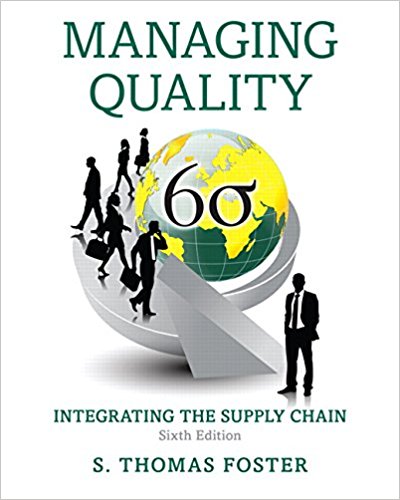
Managing Performance through Training And Development 7th Edition – Test Bank
$25.00
Edition: 7th Edition
Format: Downloadable ZIP File
Resource Type: Test Bank
Duration: Unlimited downloads
Delivery: Instant Download
Managing Performance through Training And Development 7th Edition By Alan Saks – Test Bank
|
Indicate whether the statement is true or false. |
|
1. A trainee’s cognitive abilities influence how much and how quickly a trainee will learn, impacting actual job performance. a. True b. False |
|
2. Given that individuals have learning style preferences, better learning outcomes take place when only preferred learning styles are used in the learning process. a. True b. False |
|
3. Need theories have important implications for training and development because employees’ needs are the only factors that should be considered when designing a training program. a. True b. False |
|
4. Marie, a recent graduate from an automotive college, believes she can rebuild a car engine without much difficulty. Marie’s belief in her ability to complete the task successfully is referred to as “generalized transfer of learning.” a. True b. False |
|
5. Francois, a university professor, feels great pride when he sees his students graduate with top marks. From a motivational perspective, this type of motivation is said to be intrinsic. a. True b. False |
|
6. Social cognitive theory involves three key components: observation, self-efficacy, and feedback. a. True b. False |
|
7. Kurt Kraiger and colleagues developed a classification scheme for learning outcomes that includes cognitive outcomes, skill-based outcomes, and affective outcomes. a. True b. False |
|
8. Learning goals are “process-oriented” and focus on the learning process. Performance goals, on the other hand, are “outcome-oriented goals,” thus focusing attention on the achievement of specific performance outcomes. a. True b. False |
|
9. “Adult learning” should be self-directed and problem-centred and should take into account the learner’s existing knowledge and experience. a. True b. False |
|
10. Conditioning theory suggests that trainees should be encouraged and reinforced throughout the training process. a. True b. False |
|
11. Alderfer’s ERG theory and Maslow’s need theory have common ground. One such common ground is a rigid hierarchy of needs in which people can only move up the hierarchy of needs in a lock-step fashion. a. True b. False |
|
12. The basic premise in Maslow’s need hierarchy is that the lowest-level unsatisfied need has the least motivating potential. a. True b. False |
|
13. According to the “resource allocation theory,” the performance of a new task is determined by individual differences in attentional and cognitive resources, the level of complexity of the task, and external environmental factors used to allocate attention across tasks. a. True b. False |


MAECENAS IACULIS
Vestibulum curae torquent diam diam commodo parturient penatibus nunc dui adipiscing convallis bulum parturient suspendisse parturient a.Parturient in parturient scelerisque nibh lectus quam a natoque adipiscing a vestibulum hendrerit et pharetra fames nunc natoque dui.
ADIPISCING CONVALLIS BULUM
- Vestibulum penatibus nunc dui adipiscing convallis bulum parturient suspendisse.
- Abitur parturient praesent lectus quam a natoque adipiscing a vestibulum hendre.
- Diam parturient dictumst parturient scelerisque nibh lectus.
Scelerisque adipiscing bibendum sem vestibulum et in a a a purus lectus faucibus lobortis tincidunt purus lectus nisl class eros.Condimentum a et ullamcorper dictumst mus et tristique elementum nam inceptos hac parturient scelerisque vestibulum amet elit ut volutpat.


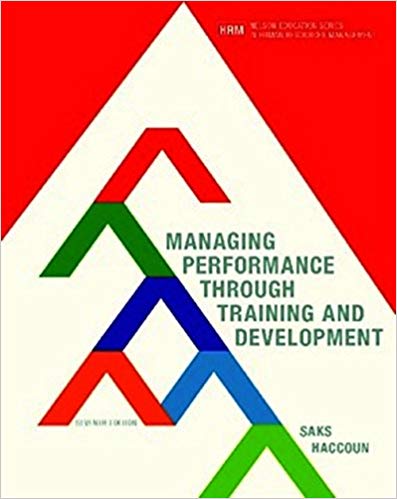
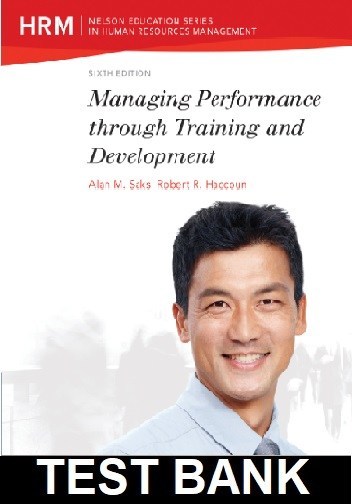
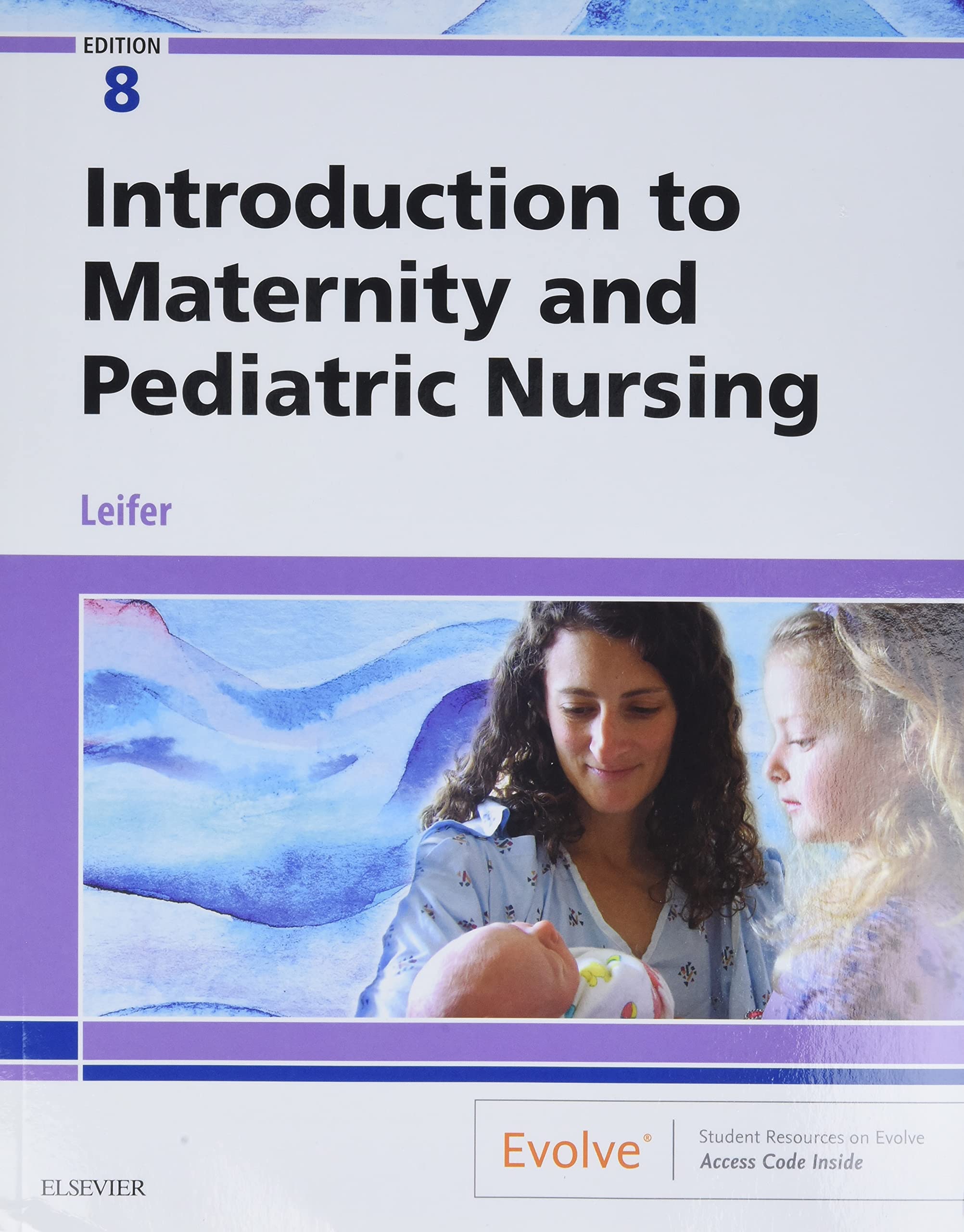


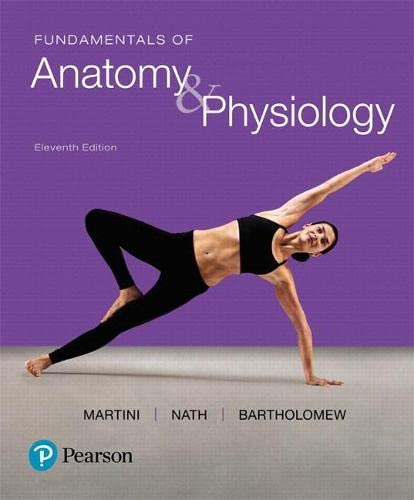


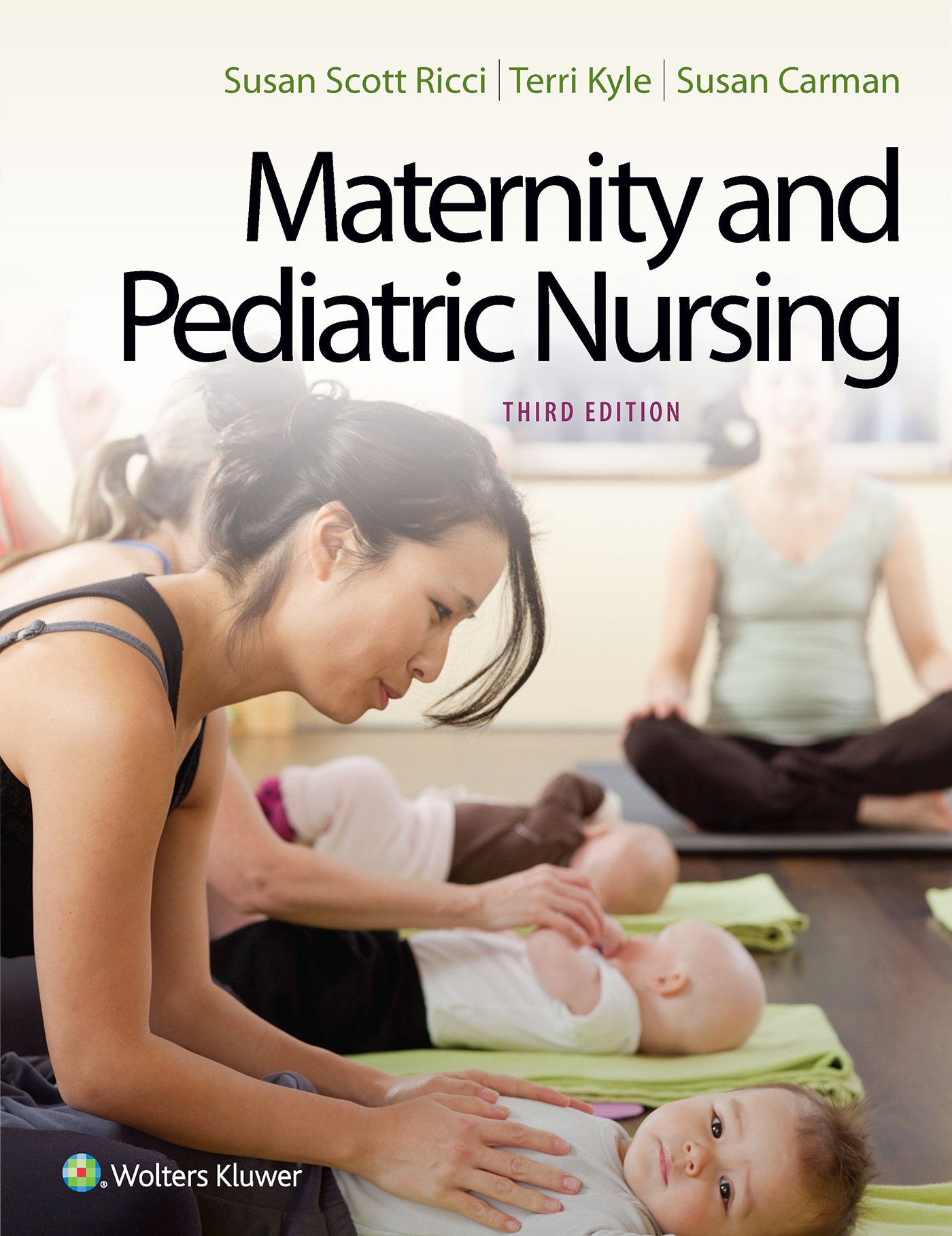

Reviews
There are no reviews yet.